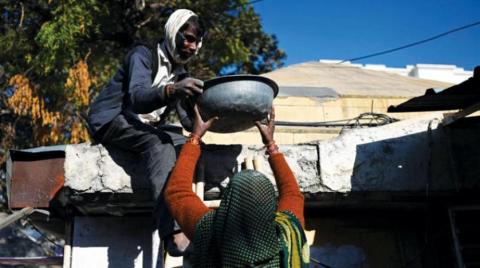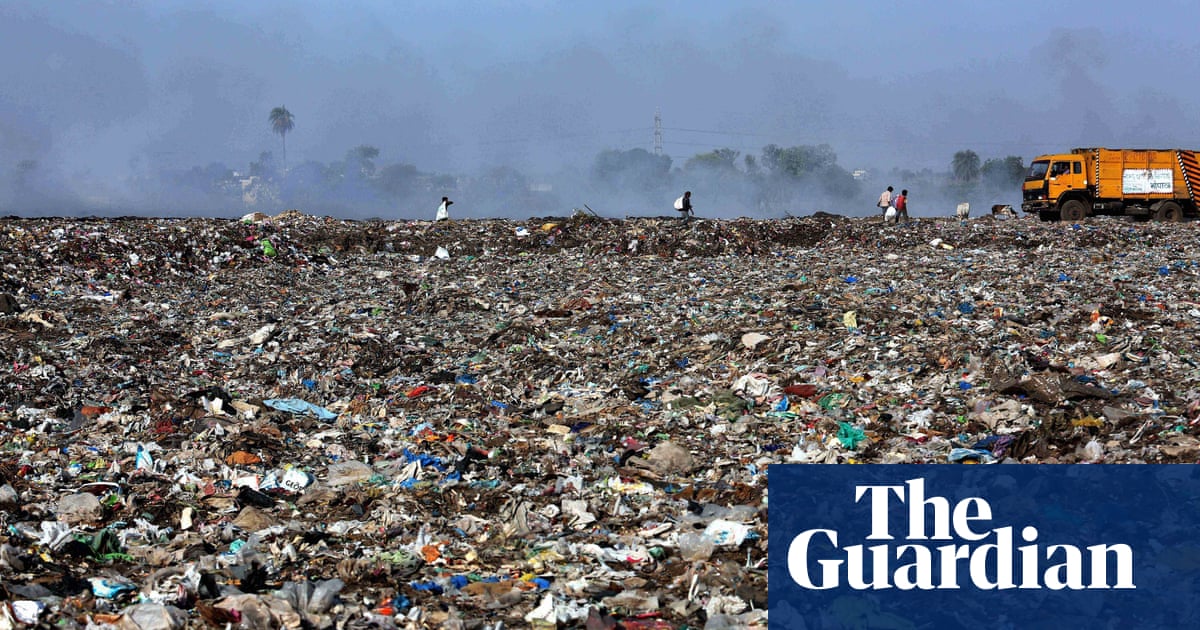
The International Labor Organization (ILO) has warned against the current global economic slowdown which could force workers to accept lower-quality jobs, often at very low pay.
The number of unemployed people in the world is expected to rise by 3 million to 208 million in 2023, the ILO said Monday in a report on global trends.
“The labor market deterioration is mainly due to emerging geopolitical tensions and the Ukraine conflict, uneven pandemic recovery, and continuing bottlenecks in global supply chains.
“Together, these have created the conditions for stagflation – simultaneously high inflation and low growth – for the first time since the 1970s,” according to the report.
"Projections of a slowdown in economic and employment growth in 2023 imply that most countries will fall short of a full recovery to pre-pandemic levels in the foreseeable future,” said ILO Director-General Gilbert F. Houngbo.
Global employment growth is expected to slow down sharply to 1 percent this year compared to 2.3 percent in 2022, the ILO said.
"The slowdown in global employment growth means that we don't expect the losses incurred during the COVID-19 crisis to be recovered before 2025," said Richard Samans, Director of the ILO's Research Department and coordinator of its newly published report.
The ILO affirmed that “global unemployment is projected to increase only moderately since a large part of the shock is being absorbed by rapidly falling real wages in an environment of accelerating inflation.”
“The global jobs gap is a new measure of the unmet need for employment in the world. It consists of the 205 million unemployed and 268 million people who have an unmet need for employment but are outside the labor force because they do not satisfy the criteria to be considered unemployed.”
Last year, the global jobs gap stood at 473 million people, which is more compared to 2019.
"The current slowdown means that many workers will have to accept lower quality jobs, often at very low pay, sometimes with insufficient hours," ILO said. "Furthermore, as prices rise faster than nominal labor incomes, the cost-of-living crisis risks pushing more people into poverty."
“Young people (aged 15–24) face severe difficulties in securing decent employment. Their unemployment rate is three times as high as that of adults (aged 25 or more),” the report added.
“A major increase in investment in education and training is necessary to unlock the full potential of the global labor force. Currently, two-thirds of the global youth labor force remain without a basic set of skills,” according to the ILO.
“Employment recovery from the COVID-19 crisis has been driven mainly by informal employment,” the report revealed, adding that in 2022 “two billion of those who are employed have an informal job.”
“Furthermore, 214 million people are in employment but are unable to escape extreme poverty – they and their families live on less than $1.90 per person per day,” it added.












